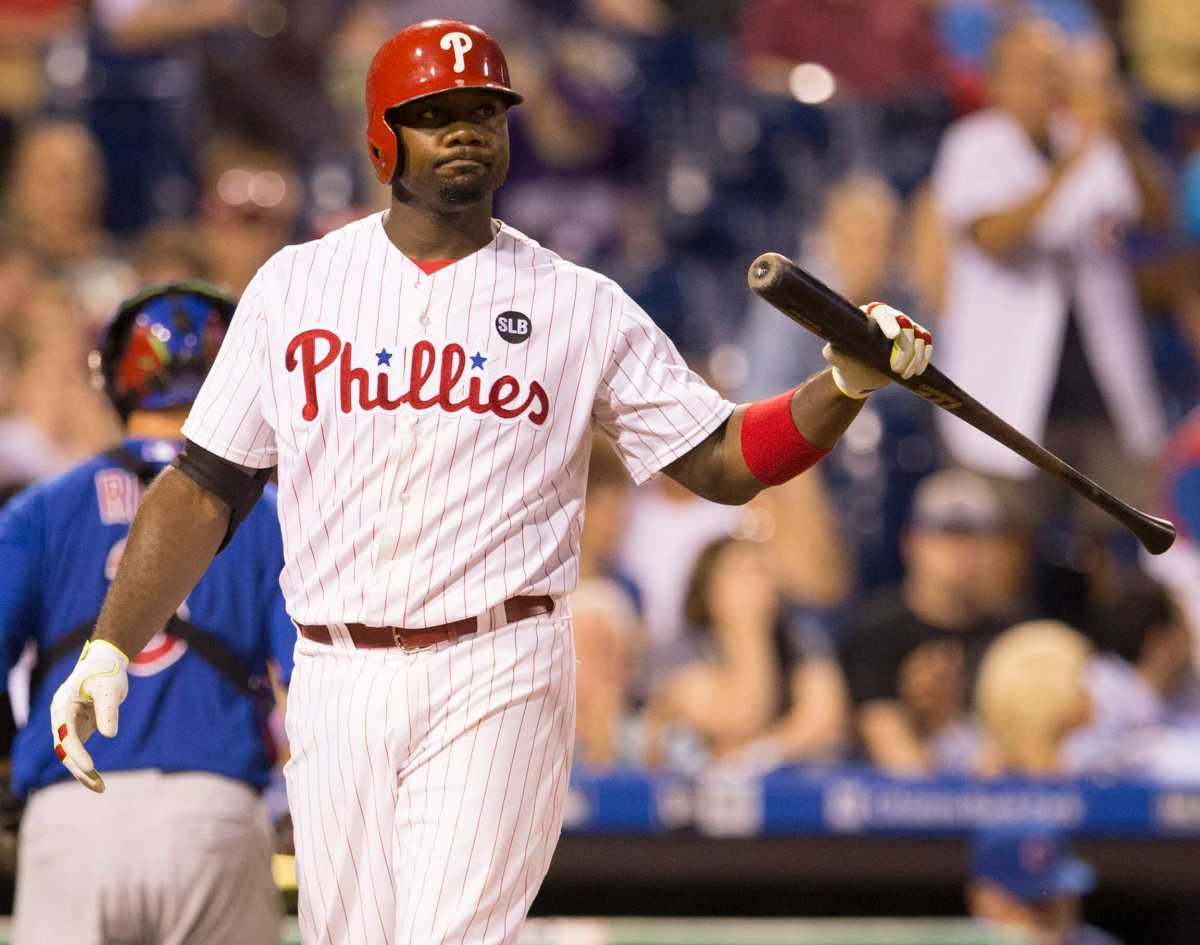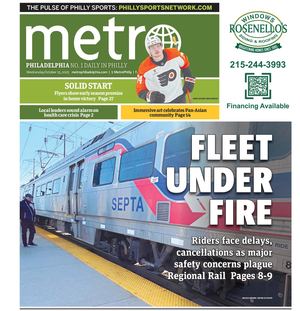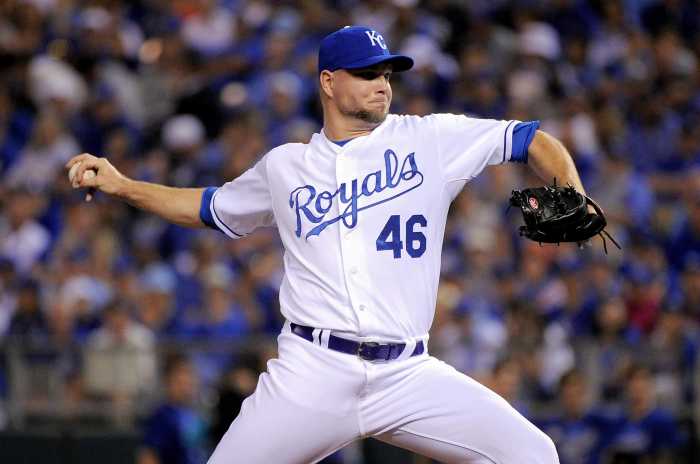Major League Baseball has no salary cap. So unlike their NFL, NBA and NHL counterparts, the Phillies’ $103 million salarythis year really only commiserates with the fact that they are rebuilding — which is why they have the 12th smallest player-budget in the league. But a closer look at how the money is spent uncovers some quite interesting snippets with regard to how much they spend on each position, and how they measure up to the rest of baseball.
Ryan Howard’s mega-salary
Howard was inked to a monster deal before he started to break down. That period officially began when he tore his Achilles striking out to end the 2009 World Series.
He’s being paid $25 million this year. The other 24 players on the team are being paid $78 million combined (with $8 million of that going to 37-year-old veteran Carlos Ruiz). So nearly a quarter of the team’s salary is being held up in a platoon player who — if the team is lucky — will hit 20 homers, above .240 and be traded at the deadline. Howard is the eighth highest-paid athlete in MLB, and third highest position player behind Josh Hamilton and Alex Rodriguez.
Take Howard’s salary off the books and replace it with an average one, and the Phillies have a more appropriate fourth smallest team payroll in baseball.
Their outfield
The Phillies currently are slated to spend $3.5 million on their current major league outfielders. Of that, $2 million is being paid to journeyman newcomer Peter Bourjos.
To put that into context, only the Twins ($2.1 million) have less cashcommitted to their outfielders. In contrast, the Yankees ($53 million), Mets ($45 million) and Padres ($42 million) have several times that committed to the position. These three aforementioned teams are looking to compete for postseason spots, and the outfield is typically one of the best positions to find potent hitting. The Phillies are relying on a makeshift outfield this season comprised of Bourjos, last-year’s Rule 5 draft pick Odubel Herrera, this year’s Rule 5 draft pick Tyler Goeddeland surprise veteran Cedric Hunter. Their bullpen
It was pretty easy to see on opening day the Phillies have a major bullpen issue (as they badly blew a late lead in Cincinnati). But there’s really no reason to invest in bullpen pieces right now — especially when they notoriously have a short shelf life — while the team isnot planning to compete. Still, just $8 million of Philly’s $103 million is being paid to relief pitchers, the highest paid of whom is James Russell ($1.5 million), who was a big part of the Phils’ meltdown against the Reds Monday. The Royals, whose bullpen may have won them a World Series title in 2015, are spending nearly $30 million on their six relief pitchers. And the Red Sox, Dodgers, Cubs, Giants, Nationals and other contenders are spending a similar amount on bullpen arms. Clearly it’s a luxury item for teams that can compete. A revolving doorof incoming and outgoing relievers will likely be a commonality this season on the Phils’ roster.
What does it mean?
The Phillies are spending 2016 learning about what they have; from their big league roster, in J.P. Crawford (the fourth best prospect in baseball), in slugging prospect Nick Williams and in a bevy of pitching talent. A $5 billion television deal was struck in 2014 between the Phillies and Comcast, so there is no business reason to be frugal. But there is a competitive reason. If the Phillies can home-grow some talent and then use free agency as a spice in the coming years, they hope to create a contender. Until then, get used to seeing players pass through Citizens Bank Park with salaries not (relatively) far off from the fans in the stands — assuming Howard’s days are numbered soon.
Phillies 2016 payroll: Ryan Howard’s salary takes up nearly a quarter, outfield dirt cheap

Getty Images





























